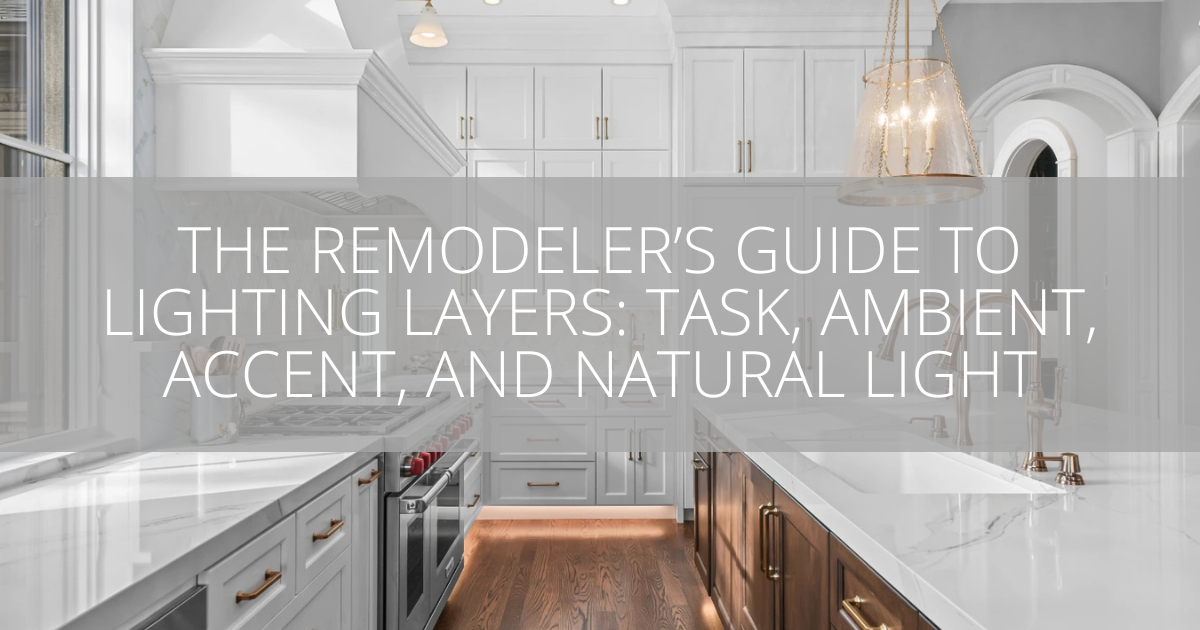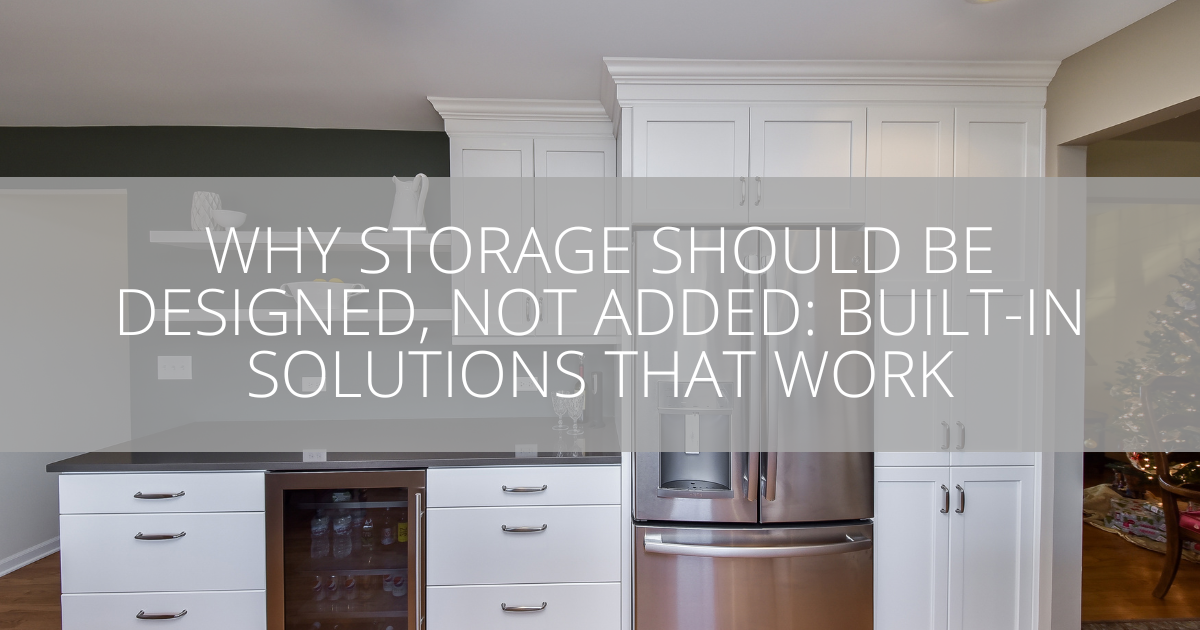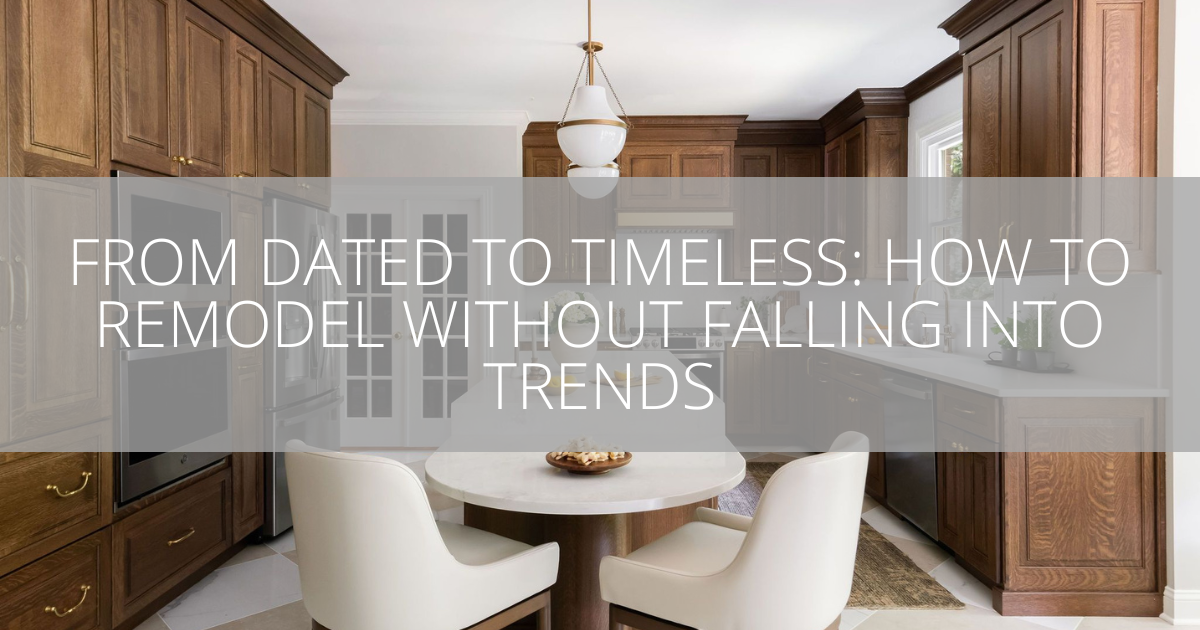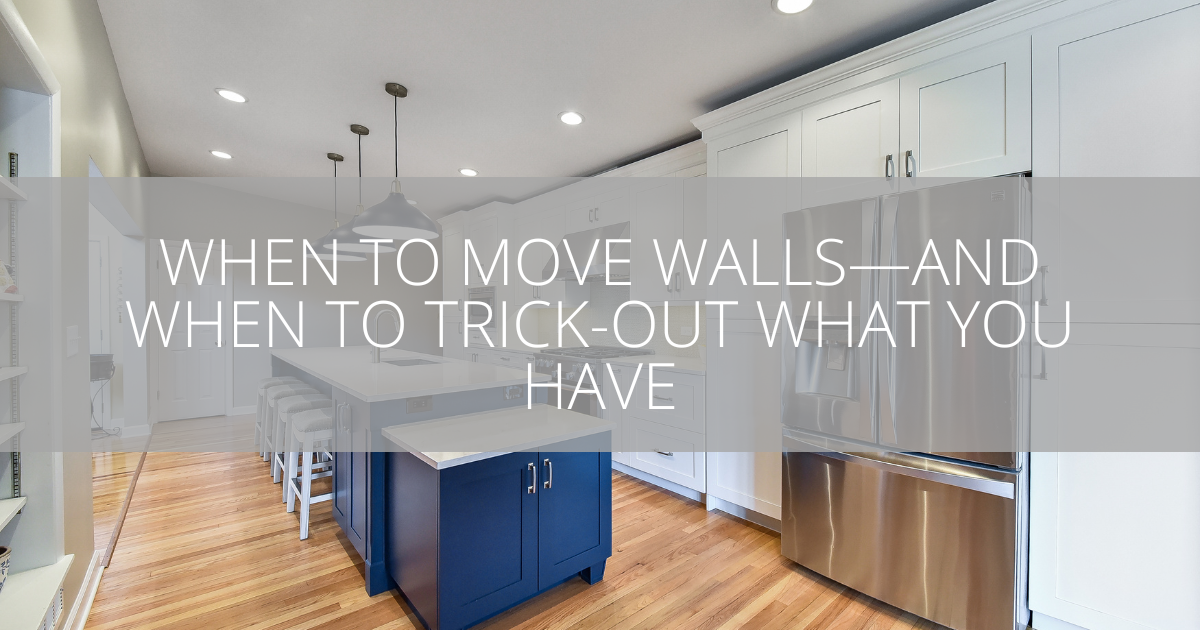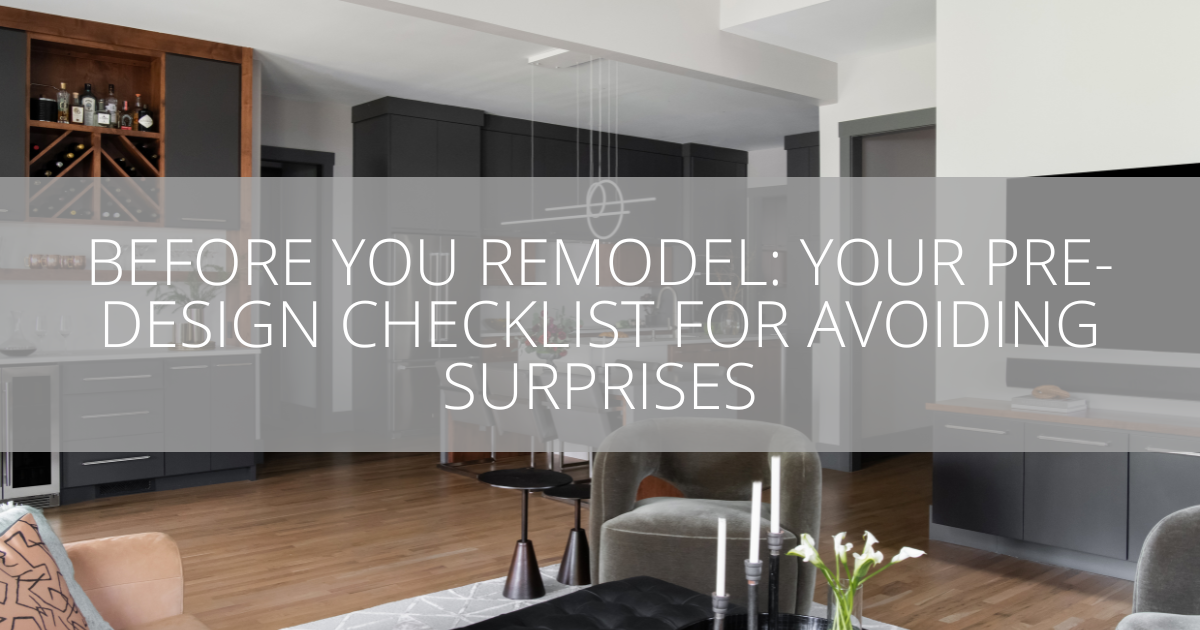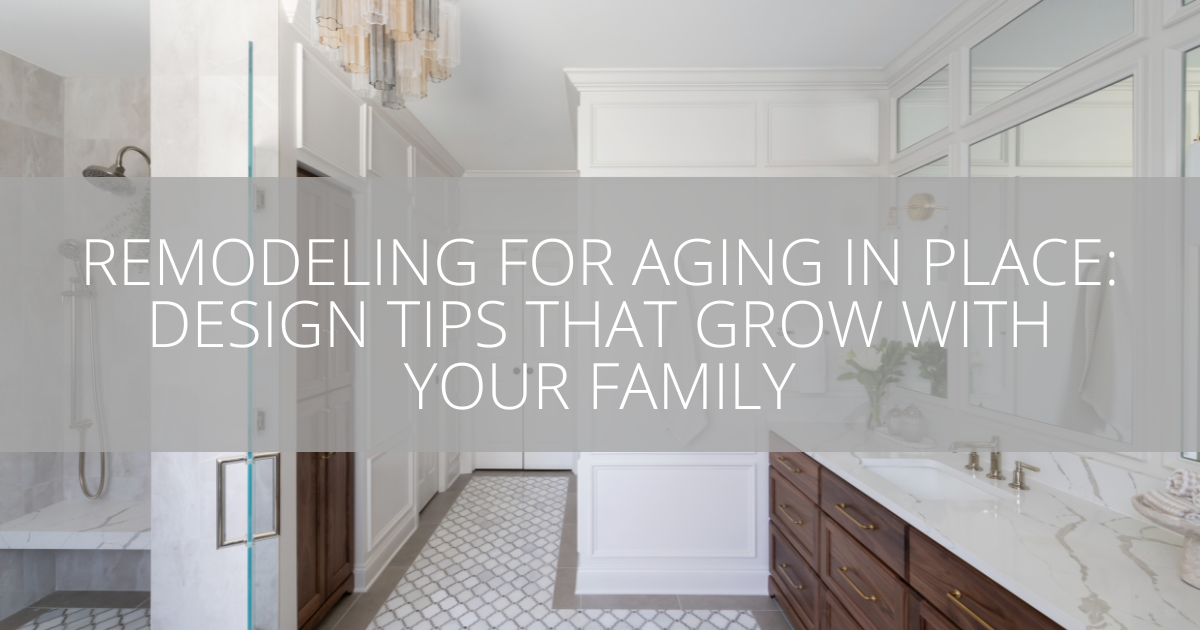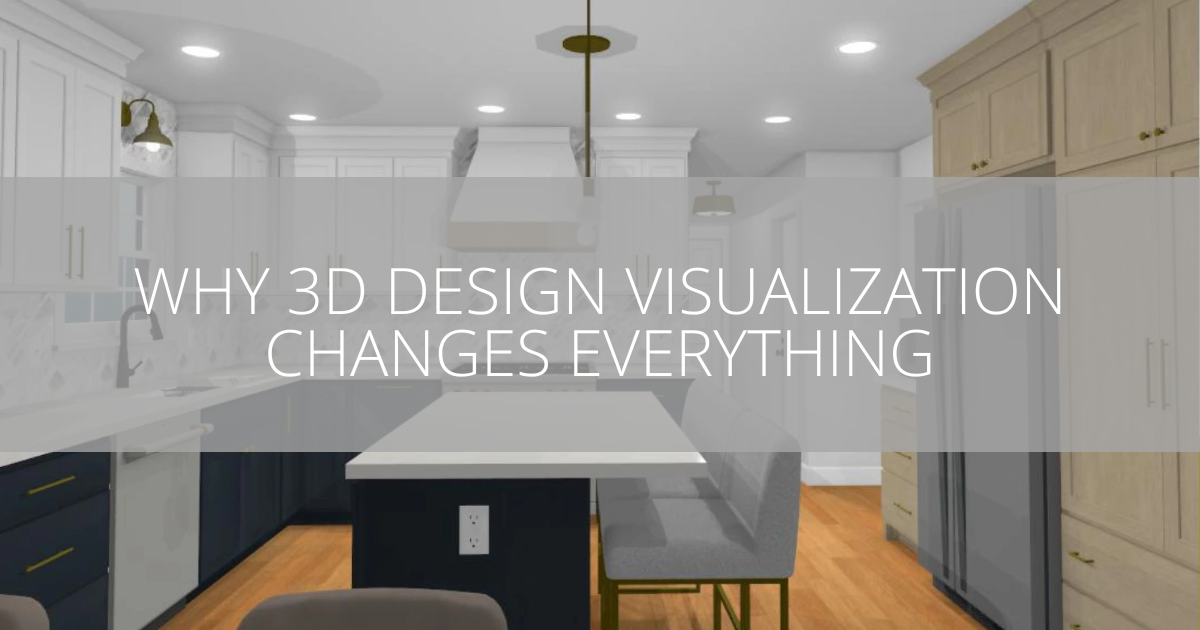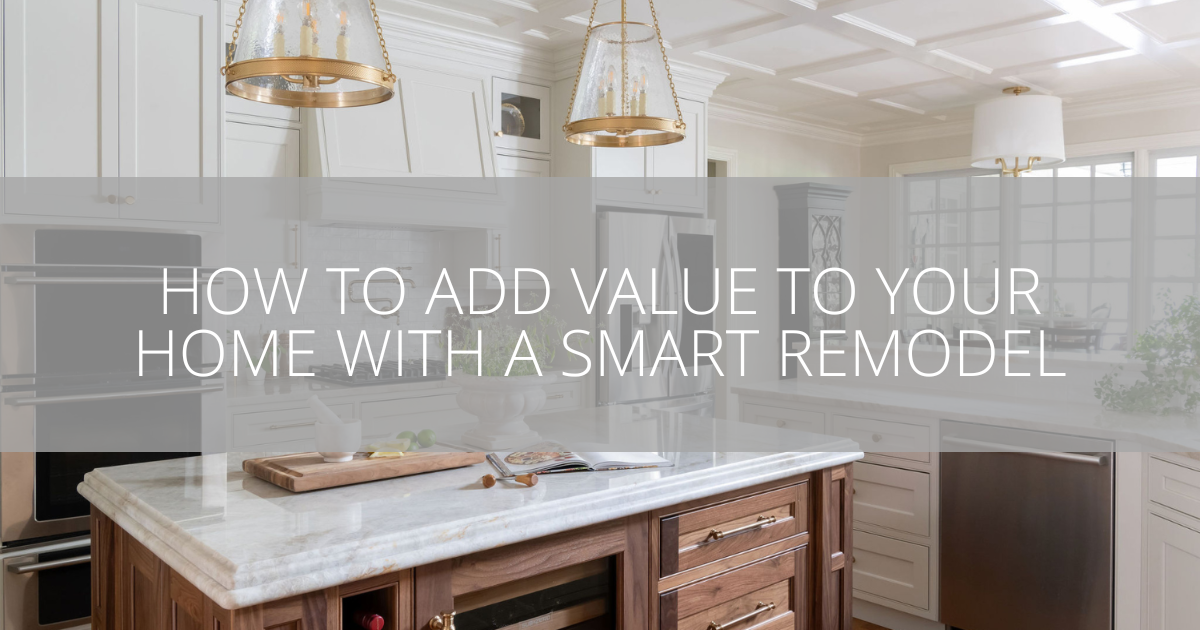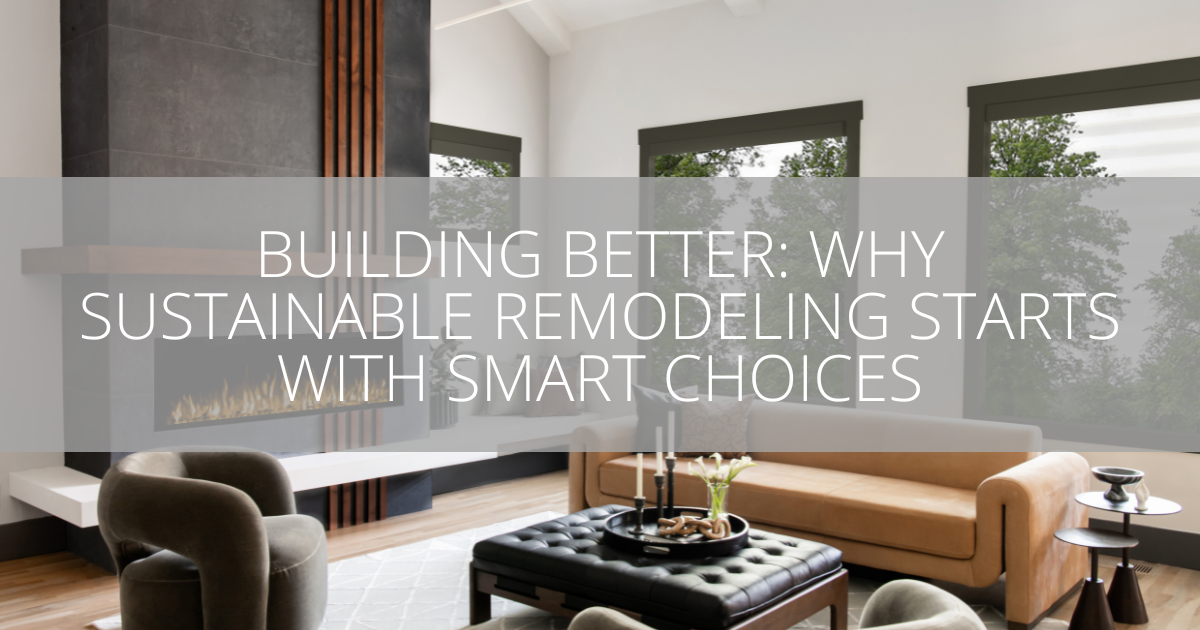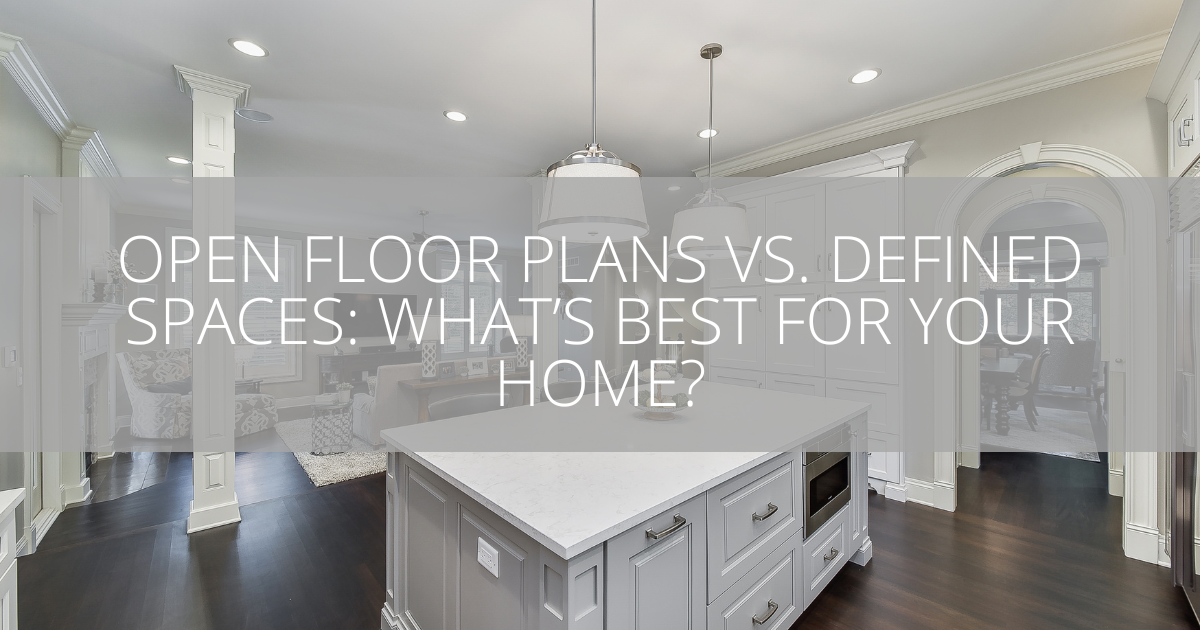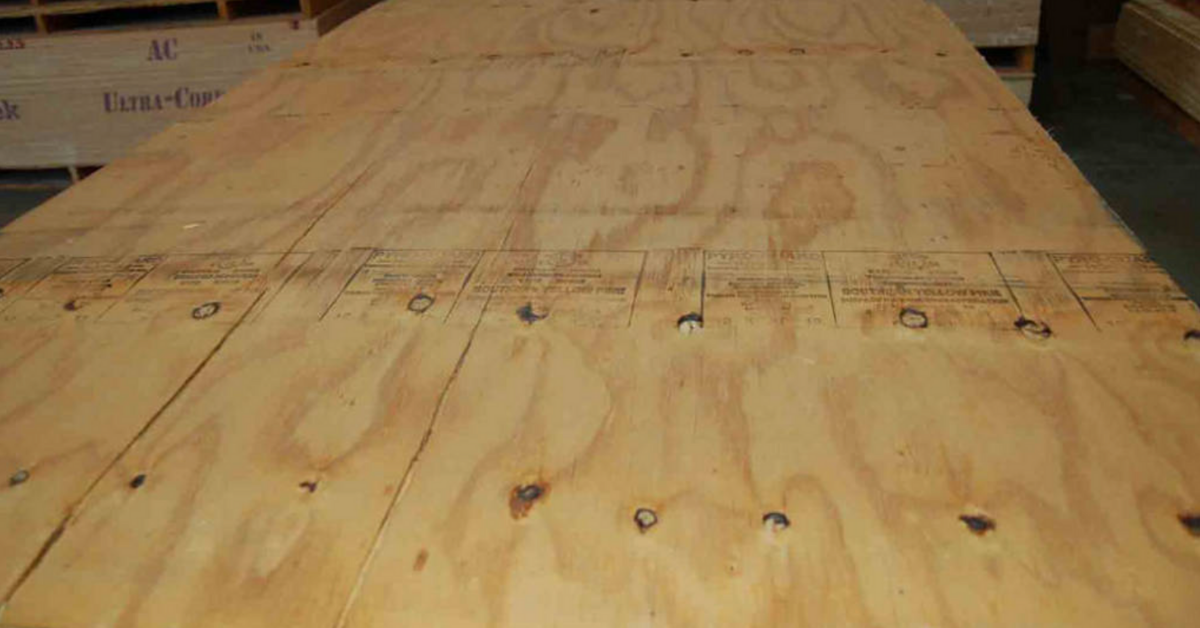
Featured Image Source: Interior Craze
What is CDX plywood? Plywood comes in a wide range of classes, which can quickly determine its quality. CDX plywood is the lowest class of plywood and people frequently utilize it in the construction industry. It is a lot thicker, which makes it ideal as a base or foundation of other materials. In addition, CDX plywood cost is lower in huge volumes. CDX signifies class C to D exposed plywood.
Manufactures make any type of plywood from several plies pressed firmly together to create a larger and stronger piece of plywood. Plywood usually is available in plies of three, five, seven, and nine, with the most reduced numbers denotes the highest class plywood. They produce CDX by pressing a greater amount of these plies together, making a lot denser and thicker piece of wood.
People typically use CDX plywood in the construction industry for the roofing and foundation of buildings. Moreover, the wood is very sturdy, which makes it a perfect material for use in a roofing base.
It has a few drawbacks, however. It can’t stand extended times of exposure to water, so you must cover it with another material. Nevertheless, you can also use CDX plywood in several craft projects. In addition, you can easily sand the surface of CDX as a preparation for a coat of primer and paint.
What Does CDX Plywood Mean?
If you are wondering what does CDX plywood mean, read on:
The Letter X
The letter “X” in CDX indicates the kind of glue utilized in the production line to bond the plywood veneers. Frequently, some think the “X” means “exterior”— which isn’t actually precise. In fact, the letter “X” represents exposure, which implies the plywood is sturdy enough to withstand a little moisture, though for a brief span only.
For instance, CDX plywood would be a decent decision for bathrooms, laundry rooms, or wherever that may have infrequent moisture or high humidity. It is important to realize that this type of plywood is water-resistant, not waterproof, and a leaking toilet or tub can still ruin it.
Contractors typically use CDX plywood under shingles, and roofing felt, on walls (simply behind the insulation and siding), and as a subfloor just below the carpet pad or a tiled floor’s durock. In spite of the fact that it’s easy to get from your local home center, it’s most likely not the best decision for smaller projects, such as bookshelves or other furniture around the home. Be that as it may, you can use it for rough shelving in a garage or basement, and it works well for those sorts of projects where the functionality is a higher priority than appearance.
The Letters C And D
The letters “C” and “D” indicate the nature of the surfaces—back and front. Since we consider that the letter “A” is the best degree of plywood veneer you can purchase (that refers to plywood without any noticeable holes, knots, or fixed deformities), then letters C and D represent a lower grade of quality of plywood in particular. Hence, the lower cost for this.
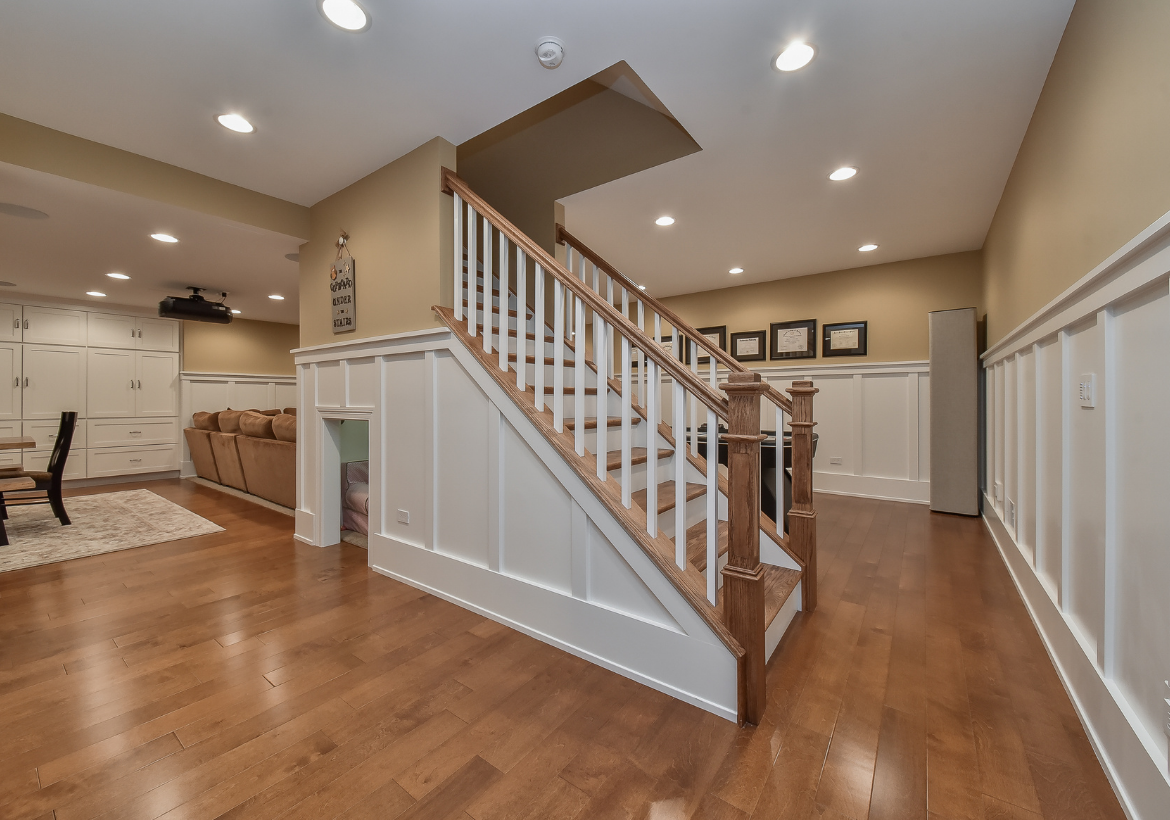
Sebring Design Build
How Is CDX Plywood Made?
Made of a mix of at least three sheets of wood that are consolidated with the assistance of a special adhesive, CDX plywood is a gift to humanity. Also, the glue keeps them intact for a long time. In contrast to strong wood, which runs the risk of getting expanded or contracted because of external factors, plywood has the nature of keeping up similar measurements all through its life expectancy.
So as to decrease the degree of shrinkage, manufacturers place the wood grain of each layer in such a way that it makes a right angle with its adjacent layer. At the point when every individual ply becomes perpendicular with its external or internal sheet, it keeps the wood from growing toward any sides—which can possibly influence its original measurements.
At the start of the manufacturing process, plywood makers gather logs of various kinds from different outdoor sources. After that, they separate them in terms of quality and species. Also, the layered construction system provides plywood unique leverage with regards to having an exceptionally tasteful wood flooring or sheathing at a reasonable cost.
Moreover, they carefully choose face veneers, the external covers of either side of the plywood, in order to maintain the appearance of the product. Meanwhile, they use a lower quality of wood for internal layers, which decreases the general expense of raw material required for an individual unit. Hence, a lower CDX plywood cost.
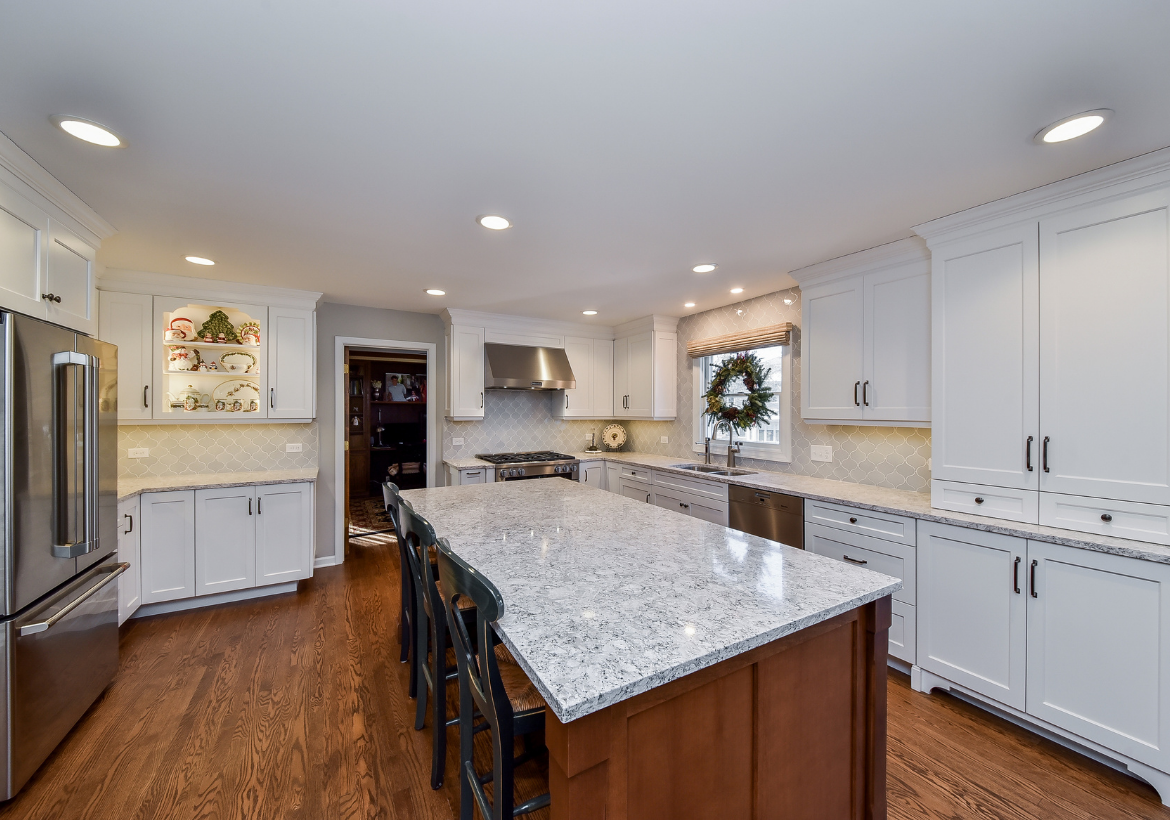
What Is CDX Plywood Used For?
Contractors frequently use CDX plywood as roof sheathing or for exterior walls because of its water resistance. Certainly, exposed CDX plywood sheets can withstand exposure to high dampness conditions or even rain without compromising the integrity of the structure. Moreover, this plywood type absorbs water, slightly expanding all the while. Thus, it is not waterproof. But once it dries up, it returns to its original size.
The weather-resistant features, as well as the dimensional stability after exposure, is the main reason to pick CDX over the cheaper OSB (Oriented Strand Board). In addition, OSB panels swell and delaminate when presented to the elements and don’t return to their original shape after it dries. Also, OSB panels utilized as roofing sheathing exposed to rain or snow provide the resulting shingles an ugly wavy appearance.
People frequently use CDX as the subfloor for bathroom and kitchens—particularly for floors with ceramic tiles. When set across over similarly spaced beams, rafters, or joists, CDX is nearly 10% sturdier than OSB, regularly used as a subfloor because of its economy. In particular, this extra durableness truly helps when utilizing CDX plywood as subfloors.
Moreover, the increased quality means less bowing/flexing in the subfloor. That bowing/flexing could then prompt the separation of the adhesive from the tile or break the tile entirely. With regards to picking a subfloor for a ceramic tile floor: pick CDX pressed wood over OSB since it’s sturdier and doesn’t have issues with dampness that OSB does.
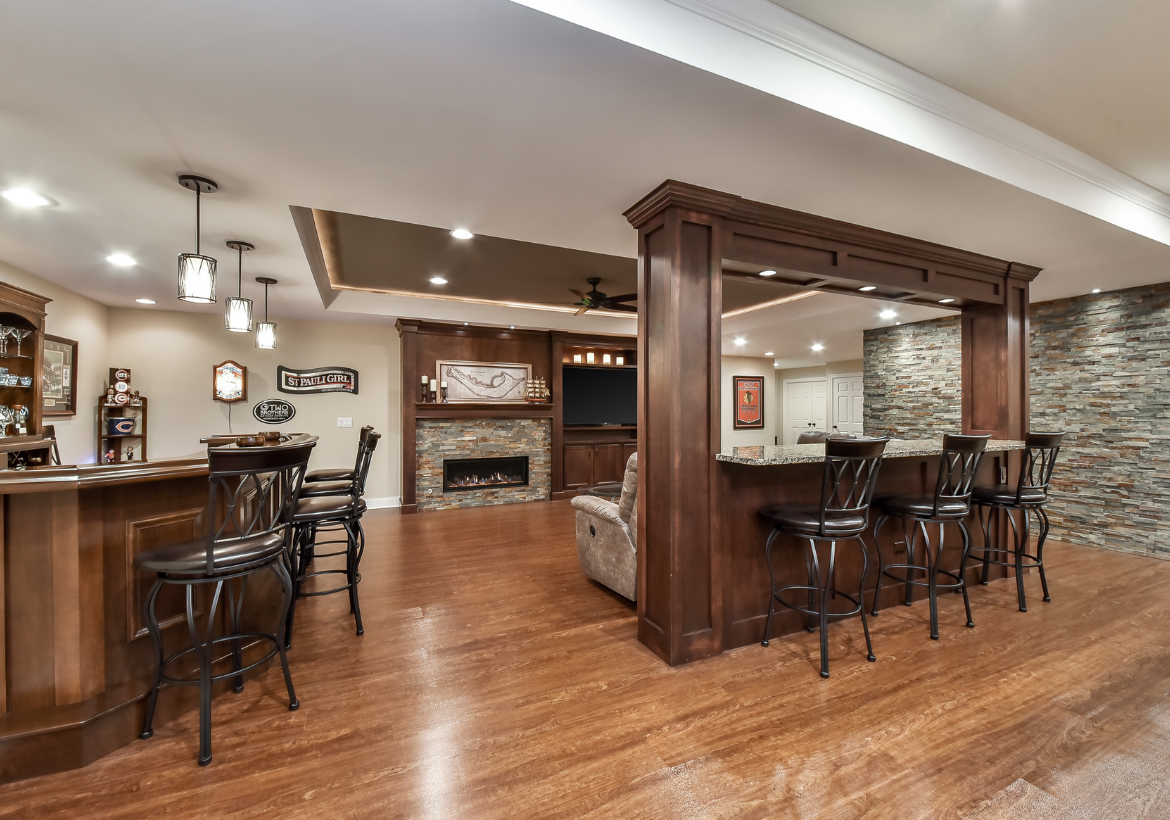
Sebring Design Build
How Long Can CDX Plywood Be Exposed?
CDX plywood is not immaculately weather-proof. In fact, prolonged or repeated exposure to rain or snow will eventually compromise the material’s integrity. In case you’re doing a project, and a rainstorm suddenly soaks your roof sheathing or the walls of the carport you’re installing, don’t worry because your project will be okay. On the other hand, in case you are in the middle of a project and winter sets in, that’s another story. Also, you should provide any exposed CDX plywood some form of protection, particularly for exposed roof sheathing. Indeed, even the roof felt would be sufficient to protect it until the climate warms up.
CDX plywood sheets are likewise accessible in fire retardant sheets, although those sheets accompany a lot heftier price. Frequently utilized in commercial building applications, they are able to comply with construction code regulations for safety concerns or fire suppression.
In case the appearance isn’t an issue, utilizing CDX plywood for smaller projects should not be a concern. Let’s be honest, C’s and D’s were bad evaluations in school, and they aren’t decent evaluations as far as plywood appearance is concerned. Neither side of CDX plywood will win any pageant shows as they’re actually unappealing. In any case, if you have to build shelves in a workshop area or garage, CDX plywood is a decent and inexpensive choice. On the other hand, if you need to assemble shelving utilizing CDX, make it a point to support longer shelves, as CDX will, after some time, sag a little in the center if placed a constant heavy load.
What Is CDX Treated Plywood?
Climate is difficult for any type of wood, but it’s particularly hard on the sensitive wood veneers in a sheet of plywood. Rain, snow, or even the sun can actually decimate plywood in only a couple of months. And that is excluding all the harm from insects and parasites. The main handy solution for utilizing plywood outside is to purchase plywood designed particularly for the outdoors. In any case, be mindful so as not to confuse the words “exterior,” “outdoor,” and “pressure treated” to all mean a similar thing. By and large, they’re most certainly not. A few kinds of outdoor plywood can withstand long periods of direct introduction to rain and snow, while some can’t.
Pressure-treated plywood, which they soak with synthetic substances to avert mildew, mold, and insects, can survive outdoors for a considerable length of time without paint or protective finish. In many home centers, you can find pressure-treated wood in its very own aisle and has a particular green cast to its color.
On the other hand, contractors use CDX sheathing primarily to build exterior roofs and walls. The letters “CD” indicate the veneer grades utilized on the front and back, and “X” signifies the glue is rated for exposure outdoors—but just for a brief timeframe. In the long run, you must cover the panel with must something more climate resistant, such as siding, bricks, or shingles. CDX can be an economical option than the more costly pine plywoods, in spite of the fact that it’s rougher on both the edges and the surface. For garage shelves or storage boxes, CDX can be the ideal budget choice for wood projects.
CDX Plywood Vs OSD
You can typically find both OSD and CDX plywood on construction sites since contractors and builders depend on the two kinds of plywood to take care of business. In fact, both materials have its one of a kind properties and characteristics. Thus, they use each in particular applications.
Based upon where you intend to utilize each sheet of plywood, you will probably end up using the two kinds of plywood in case you want to construct a new house. You may likewise require both in case you are arranging another expansion, particularly if that expansion has exterior walls and floors.
OSD Plywood
Produced by binding wood chips together with a mix of resin and glue, osd-plywood-1OSD plywood is likewise popularly known as OSB or oriented strand board. Manufacturers then cast and bake the mixture to create a plywood-like sheet. Since OSD doesn’t utilize expensive veneers, it is as much as half the cost of standard plywood.
OSD additionally will, in general, have better waterproof attributes, since the resin and glue make the wood chips impenetrable to dampness that can seep in the middle of the plies of standard plywood. Thus, this means OSD is the ideal decision for applications like roofing or exterior wall sheathing.
CDX Plywood
Manufactured by sticking together sheets of veneer, CDX plywood is also a popular choice. The outcome is a wooden sheet that is relatively as solid as steel, without the weight that comes along with steel or cement. As a result of this strength, CDX plywood is the most prominent decision for interior flooring. In addition, CDX plywood will stand up to long stretches of utilization and abuse without distorting or breaking.
CDX Plywood Sizes, Thickness, & Availability
As the most widely recognized plywood product on the market, CDX plywood is accessible in various thicknesses, going from 1/4 to 1-1/4 inch thick and furthermore including 3/8, 1/2 CDX plywood, 5/8, and 3/4 CDX plywood. However, take note that these are nominal thicknesses. The real CDX plywood sizes will be 1/32 inch minus the nominal size because of finish sanding of the sheet.
CDX plywood is a well-known decision among property owners for roof sheathing as it has the nature of withstanding dampness and water for a generous timeframe. In contrast to the regular perception, the “X” doesn’t mean the exterior covering of the sheet, but it really refers to the kind of glue utilized as an adhesive in the finished product.
The construction industry is very fond of this multi-layered veneer plywood because of its strong material and sturdiness. Also, they consolidated the plies in odd numbers to establish an appropriate balance of sheets, thus preventing the warping of wooden structures. CDX plywood sizes, for the most part, come in piles of 3, 5, 7, and 9. For outdoor use, the panels are pressure-treated, so they can withstand maximum pressure and force without breaking.

